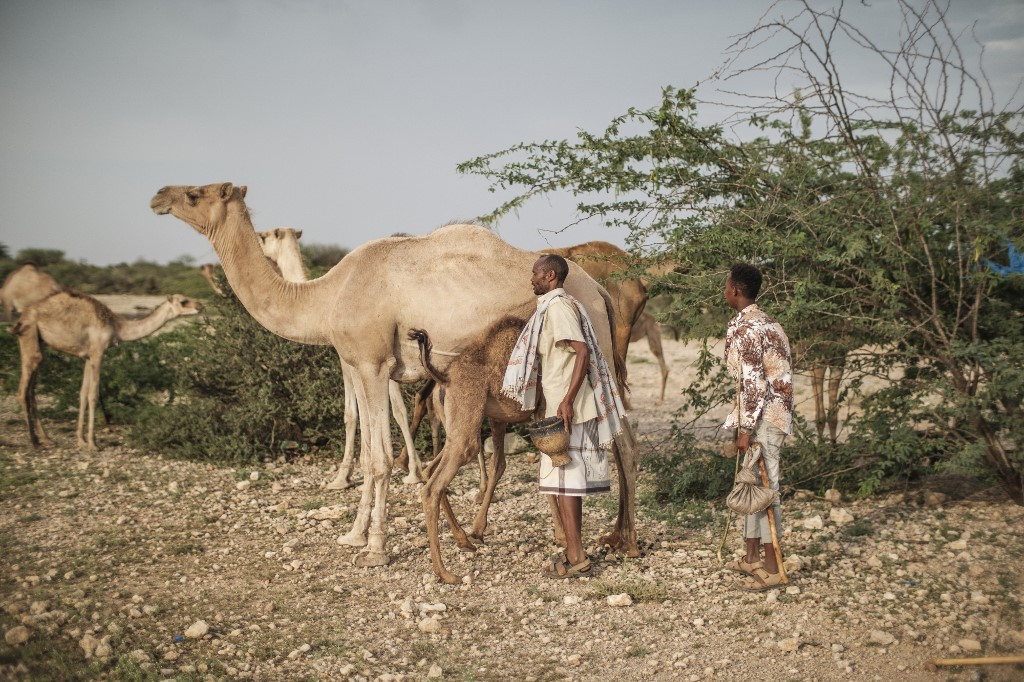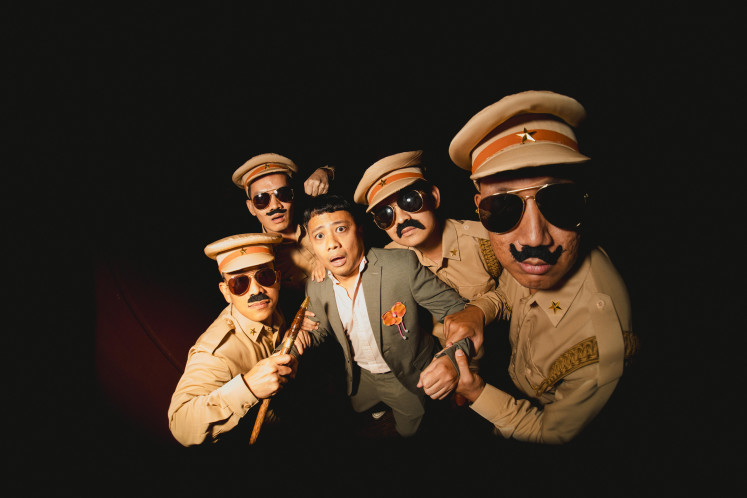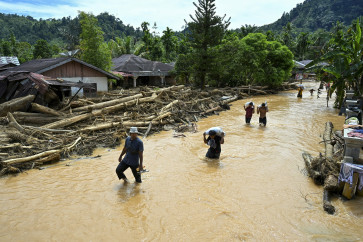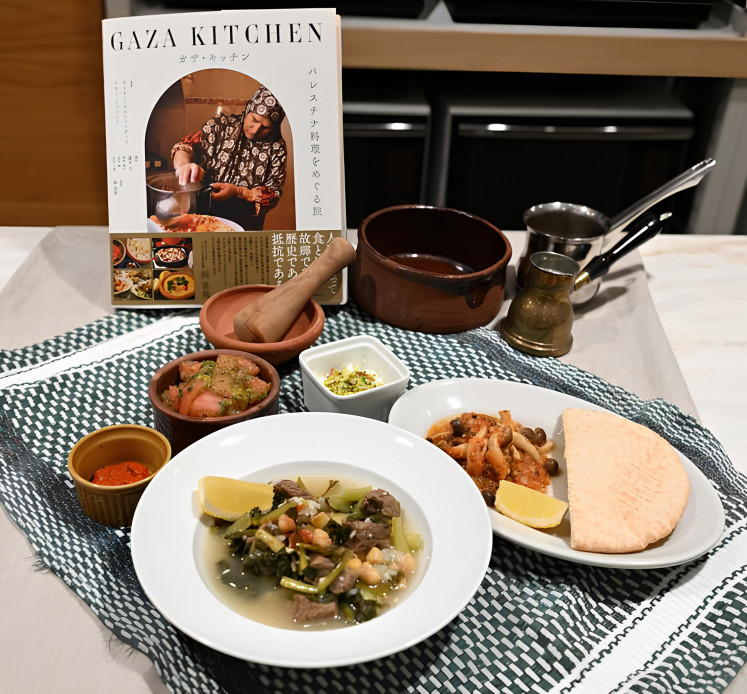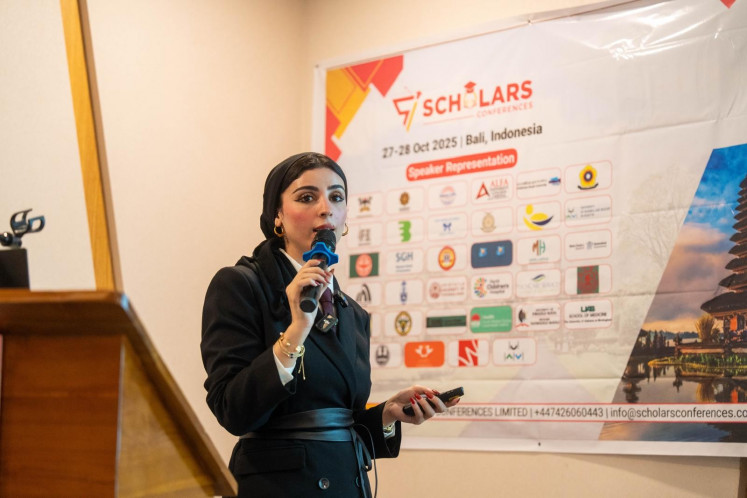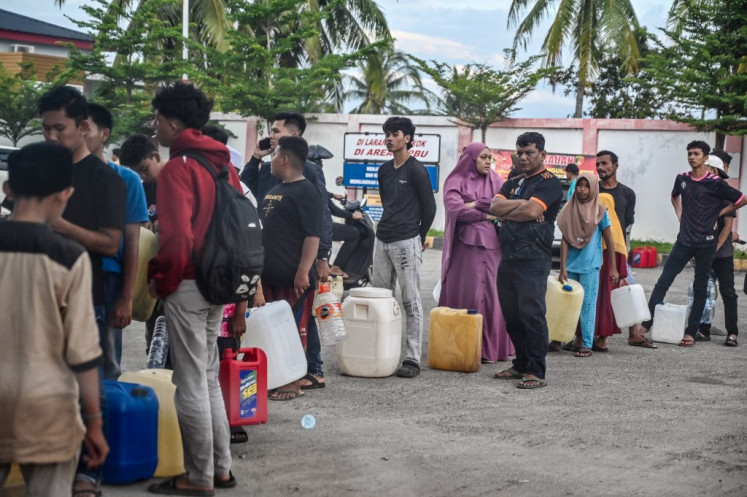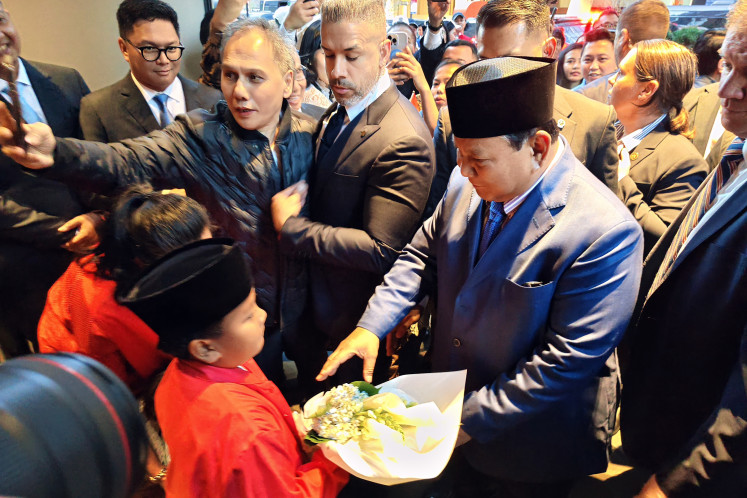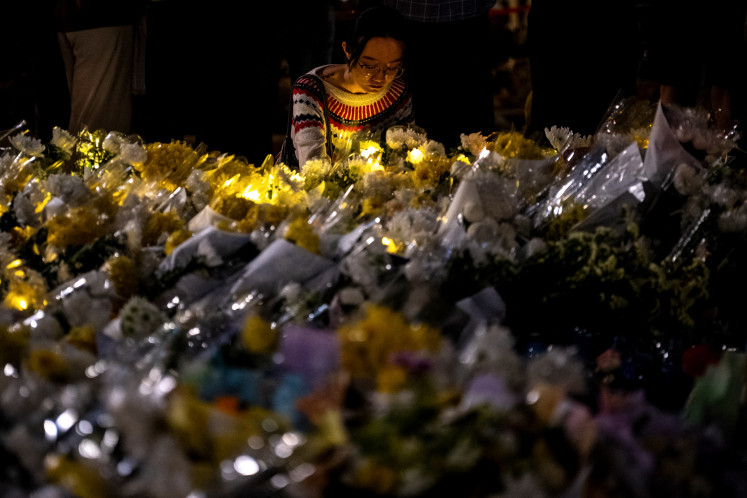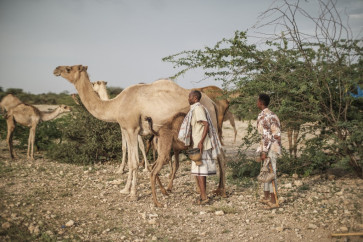Popular Reads
Top Results
Can't find what you're looking for?
View all search resultsPopular Reads
Top Results
Can't find what you're looking for?
View all search resultsMilk, meat and might: in Somalia, 'the camel is king'
"I have five children, and we all depend on camel milk to survive," said Elmi, passing the pot to one of his sons, who took a swig of the rich brew.
Change text size
Gift Premium Articles
to Anyone
The nomad was thirsty, and the journey into the Somali desert would be long and taxing.
Turning to one of his beloved camels, Ali Abdi Elmi squeezed fresh milk into a wooden urn, and took a deep drink.
"I have five children, and we all depend on camel milk to survive," said Elmi, passing the pot to one of his sons, who took a swig of the rich brew.
For many Somalis, the camel is a gift from the gods: a source of milk and meat, a beast of burden in the desert and -- as climate change spurs extreme weather in the Horn of Africa -- insurance in times of crisis.
An animal of haughty and cantankerous repute, in Somalia the camel is celebrated in songs and folklore, a symbol of status and prosperity, and exchanged in marriages or to settle feuds.
In this overwhelmingly rural society of 15 million, the rearing of camels and other livestock underpins an economy devastated by war and natural disaster that ranks among the world's very poorest.
The livestock industry is the main contributor to economic growth in Somalia and in normal years accounts for 80 percent of exports, according to the Food and Agriculture Organization (FAO).

